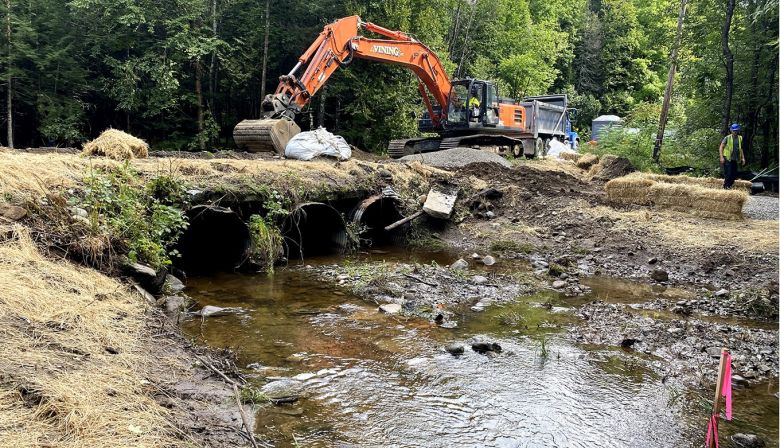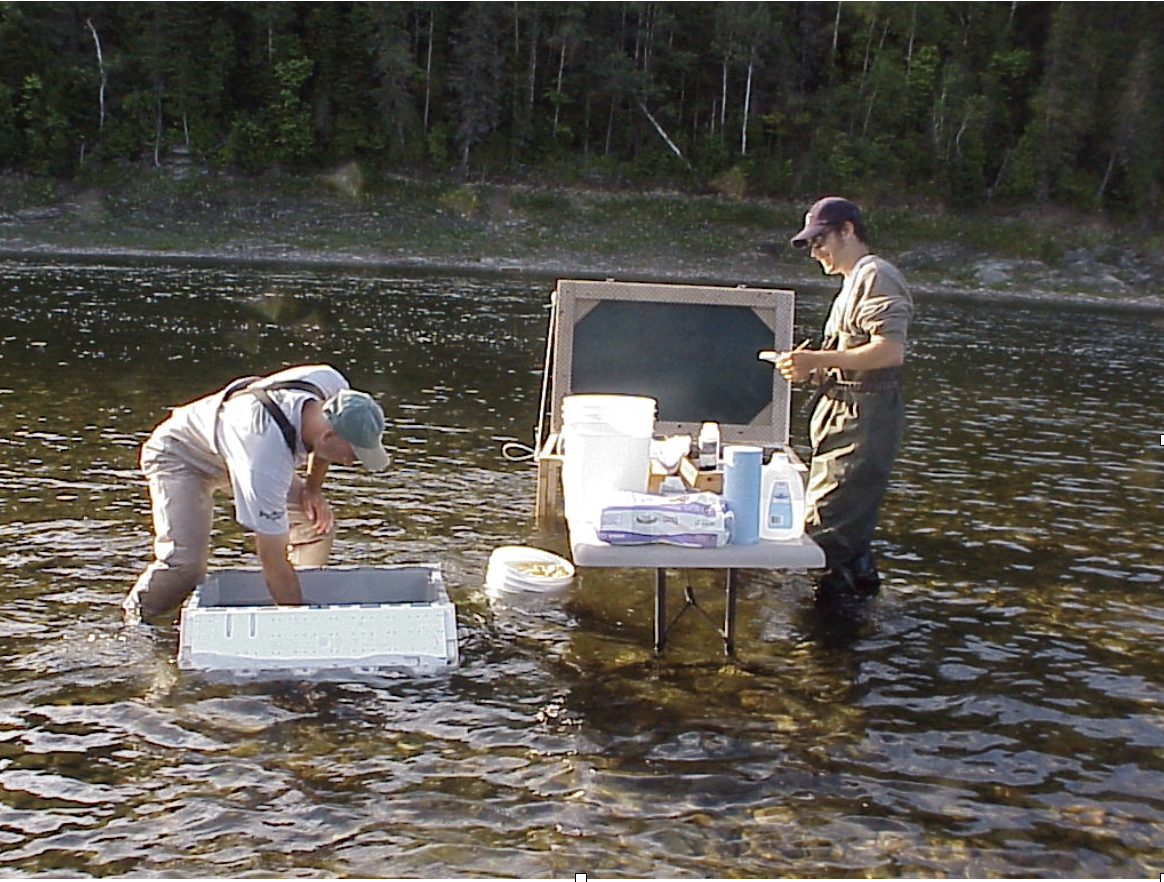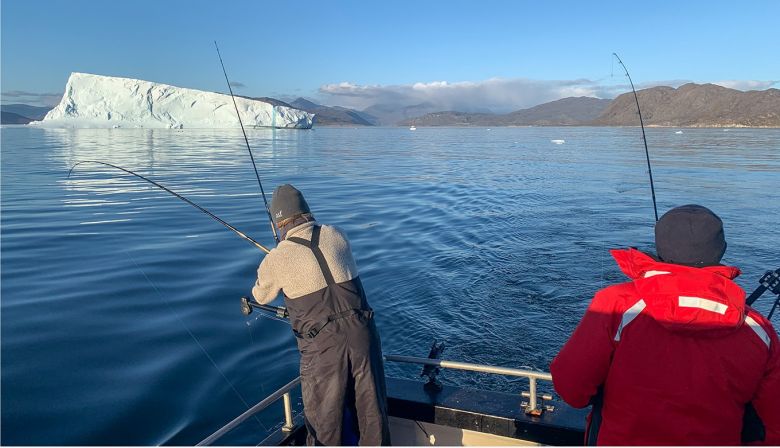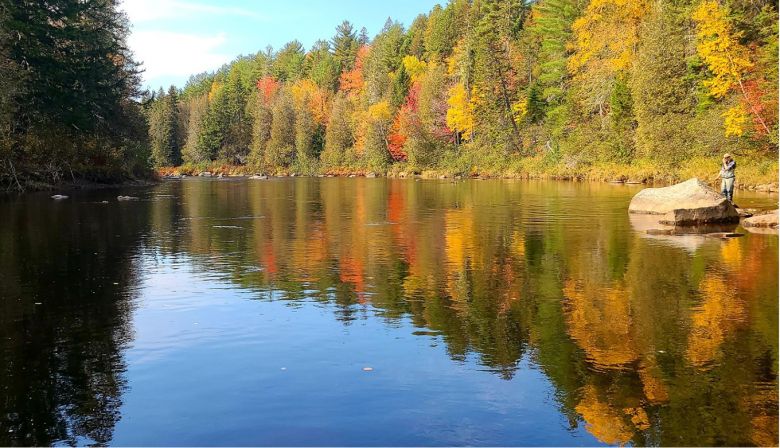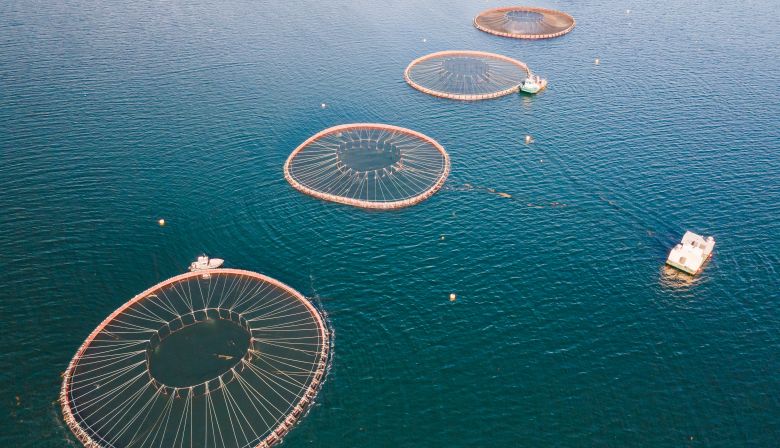
ASF’s Headwaters program is dedicated to removing barriers to fish passage, restoring stream ecology and natural habitat, and enhancing cold water refugia. Headwaters focuses on small and medium-sized projects that cumulatively have a large impact.
Working closely with communities, governments, Indigenous, and non-government organizations, ASF is committed to identifying the highest value barrier removal and habitat restoration projects. We work to build local support, engineer solutions, raise funds, and complete the work on the ground.
